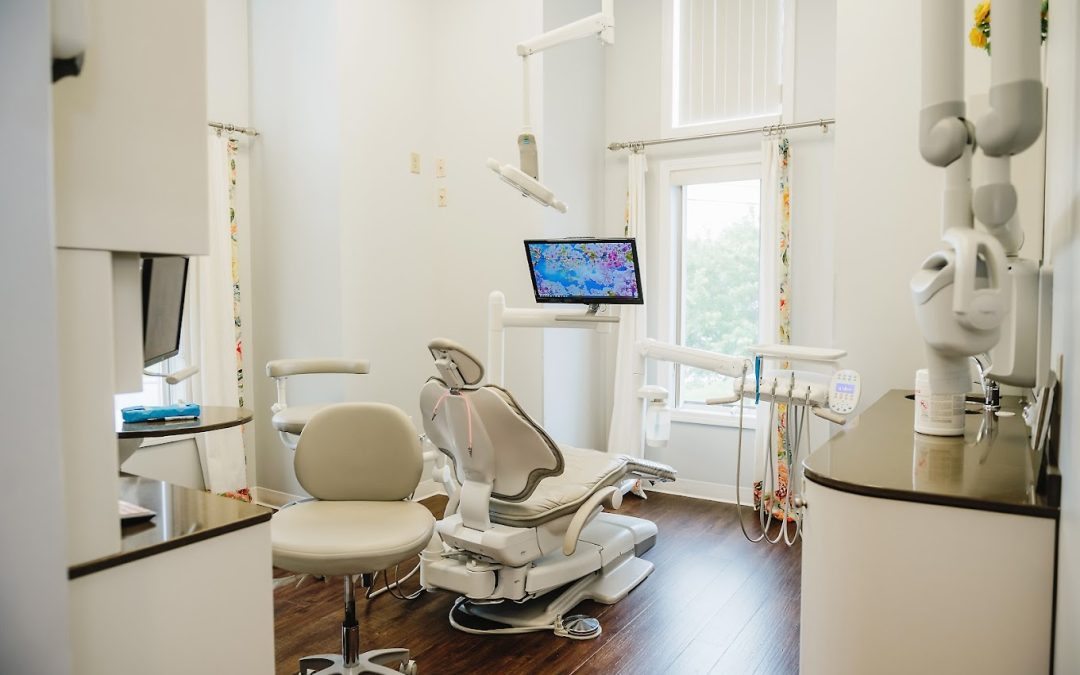Selling your home in Derry, New Hampshire involves more than just listing it on the market; it’s about enhancing its value to attract potential buyers effectively. Simple yet impactful improvements like ensuring a clean interior, a fresh coat of paint, updating kitchen and bathrooms, as well as sprucing up the outdoor space for better curb appeal can significantly increase your home’s resale value. Beyond these enhancements, professional staging plays a vital role in the selling process by showcasing your home in its best light. By decluttering, arranging furniture for optimal appeal, and creating a welcoming ambiance, staging can lead to quicker sales and higher sale prices. Minor renovations focusing on cleanliness, kitchen and bathroom upgrades, and exterior pressure washing also offer substantial returns on investment. Let’s dive deeper into maximizing your home’s value in Derry, New Hampshire, offering insights tailored to the local urban and suburban community of homeowners.
The Power of Professional Staging
Maximizing Your Home’s Value
To get the best possible price for your home in Derry, it’s essential to make it stand out in the real estate market. Professional staging is a strategic move that can give your property an edge. It involves designing interior spaces to appeal to the broadest range of potential buyers. The goal is to help them envision themselves living in the home. This process can include rearranging furniture to maximize space, enhancing lighting to create a warm and inviting atmosphere, and adding decor that appeals to current market trends. Remember, the first impression is crucial. A well-staged home not only photographs better for listings but also draws more visitors during open houses. Ultimately, investing in professional staging can lead to a quicker sale and potentially a higher selling price, maximizing the value you get from your home.
Cost-Effective Home Improvements
Investing in home improvements doesn’t always mean expensive remodels or renovations. There are several cost-effective strategies that can significantly enhance the appeal of your home. For starters, a fresh coat of neutral paint can transform rooms, making them look clean and updated. Updating fixtures like cabinet handles, light fixtures, and faucets can also make a big difference without breaking the bank. Consider also the impact of small repairs, such as fixing leaky faucets, patching holes, and ensuring all lights are working. These minor fixes suggest a well-maintained home to potential buyers. Lastly, don’t overlook the power of a deep clean and decluttering. Removing personal items and excess furniture can make your home appear larger and more inviting. These simple and affordable steps can make your home more attractive to buyers, potentially leading to a faster sale at a better price.
The Role of Professional Staging
Professional staging is more than just decorating; it’s a marketing tool tailored to highlight your home’s strengths and downplay its weaknesses. Stagers are skilled at creating environments that resonate with buyers’ aspirations. They use furniture placement, color schemes, and decor to create a flow that makes each room feel larger and more functional. Professional stagers understand the psychology of buyers and market trends, which they apply to make your home appealing to the widest audience. They also depersonalize spaces, allowing buyers to imagine their own lives in the home, which is often difficult when a home feels too lived-in or cluttered with the current owner’s belongings. By investing in professional staging, you’re not just preparing your home for sale; you’re crafting an experience that can compel buyers to make an offer.
Staging vs Living: A Comparison
Staging a home for sale and living in it are two very different concepts. When living in a home, personal comfort, functionality, and individual taste dictate the arrangement and decor. In contrast, staging is about creating a neutral but inviting space that appeals to the masses. While your home may feel comfortable to you with family photos, personal collections, and unique color choices, these personal touches can make it hard for buyers to envision themselves in the space. Staged homes often use furniture and decor that are in style and strategically placed to show off the home’s features, such as spacious layouts or natural light. Staging minimizes distractions, allowing potential buyers to focus on the positive attributes of the house. It’s a temporary setup designed to maximize the selling potential, not a reflection of how one actually lives in the space.
The Impact of Staging on Sale Speed and Price
The benefits of professional staging extend beyond aesthetics. Data suggests that staged homes sell faster and for higher prices than non-staged ones. When potential buyers can see a home’s potential and envision themselves living there, they are more likely to make an offer. Staging eliminates the guesswork, showing off the property as move-in ready, which is a powerful incentive for buyers looking for an easy transition. It can also lead to more competitive bids, as a well-presented home often sparks a sense of urgency among buyers. Moreover, staging can minimize the focus on less desirable aspects of a home by drawing attention to its best features. This strategic focus can prevent lowball offers that often come when buyers are factoring in the cost of potential updates. In essence, staging is an investment in selling your home quickly and at the best possible price.
Minor Renovations for Best ROI
When preparing to sell a home, focusing on renovations that will yield the best return on investment is key. Minor renovations can significantly boost a home’s marketability and value. Updating kitchens and bathrooms, even with simple changes like new countertops or contemporary fixtures, can have a substantial impact. Painting walls with modern, neutral colors can also refresh a space inexpensively. Additionally, replacing old carpets with new flooring or refinishing hardwood floors can revitalize the entire look of a home. It’s important to prioritize these updates based on what appeals to buyers in your local market and what will make your home stand out. Strategic investments in minor renovations can lead to a greater selling price, often surpassing the initial cost of the improvements, making them a wise choice for homeowners looking to maximize their return.
Cleaning: The Underestimated Facelift
A thorough cleaning is one of the most cost-effective ways to prepare your home for sale. It’s often underestimated, but the cleanliness of your home can have a profound effect on buyers. Dust-free surfaces, sparkling windows, and clean floors can make a property feel newer and more cared for, which translates to value in the eyes of potential buyers. Odors are also a critical consideration; homes should smell fresh but not overly scented. A deep clean includes addressing areas that might typically be overlooked, such as baseboards, inside cabinets, and behind appliances. Additionally, ensuring that grout lines, faucets, and fixtures are free of grime can suggest meticulous maintenance, building trust with buyers. Cleaning might seem like a basic step, but its impact on a buyer’s impression is immense, often contributing to a quicker sale and a better price.
Pressure Washing for a Fresh Look
The exterior of your home is the first thing potential buyers see, and making a strong first impression is crucial. Pressure washing is an efficient and effective way to give your home’s exterior, driveway, and walkways a fresh, clean appearance. This process can remove years of dirt, grime, and mildew, revitalizing the look of siding, bricks, and concrete surfaces. It’s not just aesthetic; pressure washing can also prevent the wear and tear that comes from the buildup of harmful substances, potentially saving homeowners from future repair costs. A clean exterior can significantly increase curb appeal and suggest to buyers that the home has been well-maintained. For relatively low cost and effort, pressure washing is a valuable step in preparing your home for sale, ensuring it looks its best for photos and viewings, and potentially adding to its resale value.






